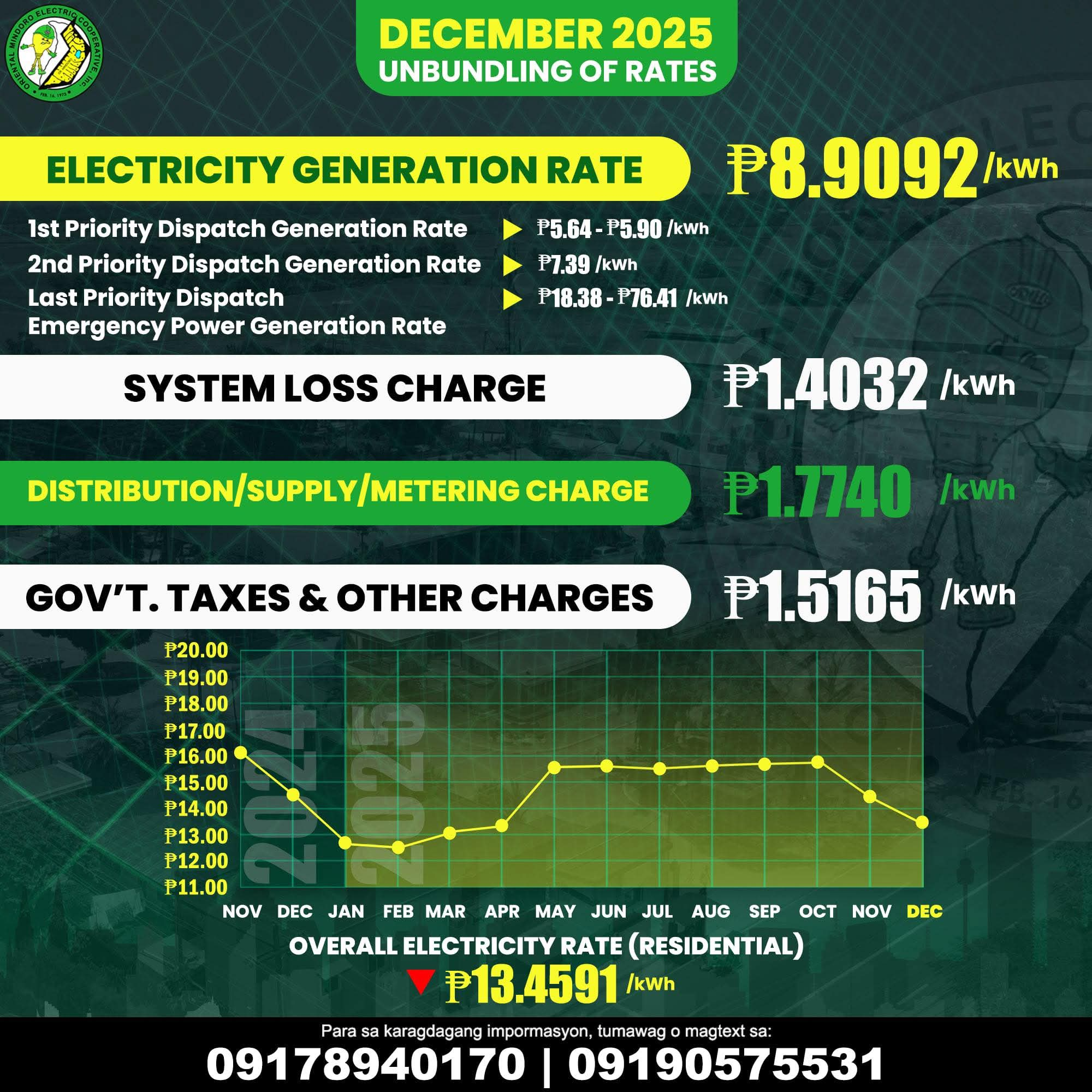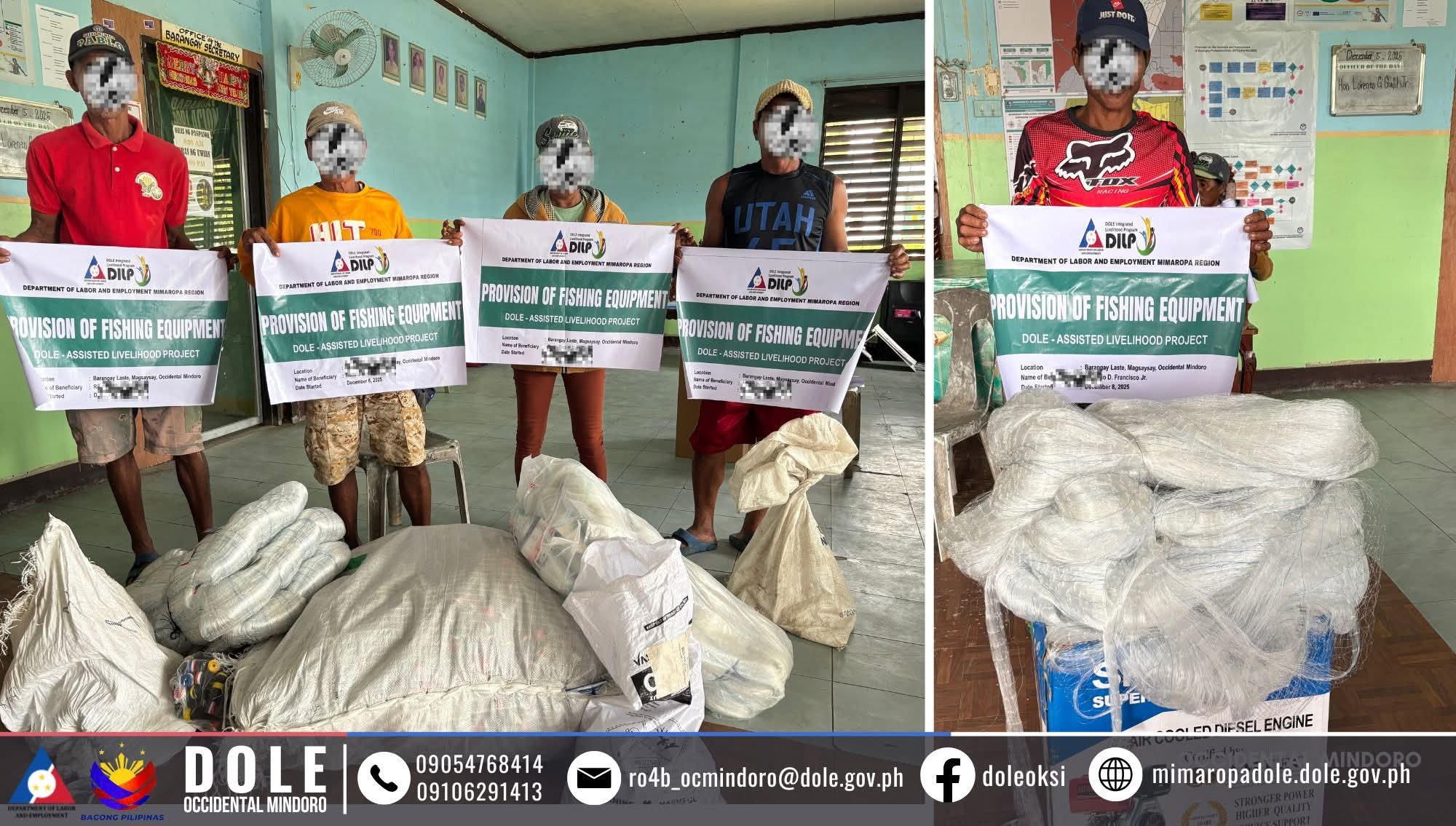The Department of Health on Tuesday recommended declaring HIV a national public health emergency after recording a 500 percent surge in cases among the country’s youth, with daily infections reaching their highest levels since the epidemic began.
Health officials reported 56 new HIV cases per day from January to April 2025, representing a 44 percent increase compared to the same period in 2024, according to official data released Tuesday.
The country is now dealing with the fastest-growing HIV epidemic in the Western Pacific region, with cumulative diagnosed cases reaching approximately 200,000 since tracking began in 1984.
Health data shows that diagnosed HIV patients are getting younger, with sexual contact remaining the predominant mode of transmission, largely among males having sex with males since 2007.
The surge among adolescents and young adults has prompted Health Secretary Teodoro Herbosa to call for emergency measures, as the Philippines recorded one of the world’s steepest increases in new infections – a 543 percent rise according to recent UNAIDS global reports.
In MIMAROPA region, Oriental Mindoro has emerged as a hotspot with 532 recorded HIV cases since 1988, making it the second-highest in the region after Puerto Princesa in Palawan with 656 cases.
The tourist destination of Puerto Galera, known for its nightlife, has been identified as a particular hotspot for new infections within Oriental Mindoro province.
Meanwhile, neighboring Occidental Mindoro reported 239 individuals receiving HIV treatment since 2002, with 50 new cases recorded from January to November 2024 alone —23 from San Jose municipality and 27 from other areas. The majority of new cases involve individuals aged 15 to 25.
Despite widespread awareness, stigma continues to undermine prevention efforts.
The 2022 National Demographic and Health Survey found that while 93.6 percent of women aged 15-49 in MIMAROPA had heard of HIV/AIDS, 63.2 percent held discriminatory attitudes toward people living with HIV.
Only 6.6 percent of women in the region had ever been tested for HIV and received their results, highlighting big gaps in testing uptake.
The 2018 Philippine HIV and AIDS Policy Act has improved access to testing and treatment, allowing minors aged 15-17 to test without parental consent and introducing rapid diagnostic algorithms.
However, barriers persist including limited awareness of pre-exposure prophylaxis (PrEP) – available primarily in urban areas with only 13 percent of major populations aware of the preventive treatment.
Provincial health offices have intensified education campaigns, particularly during Pride Month in June and World AIDS Day on December 1, offering confidential testing at Rural Health Units while stressing that early treatment can effectively manage the condition.
The DOH has developed the 7th AIDS Medium Term Plan, focusing on prevention, treatment access, and stigma reduction, as projections suggest cases could reach 448,000 by 2030 if current trends continue.
Local advocacy groups stress that an HIV-positive diagnosis “is not the end” but rather “the beginning of access to treatment, support, and a healthy future,” reiterating the importance of community support without judgment.
The Philippines joins a small group of countries experiencing rising HIV incidence at a time when global infections are generally declining, making the emergency declaration a critical step in addressing what health officials describe as an accelerating public health crisis.
Photo: courtesy of Medlineplus site









Write Your Comment